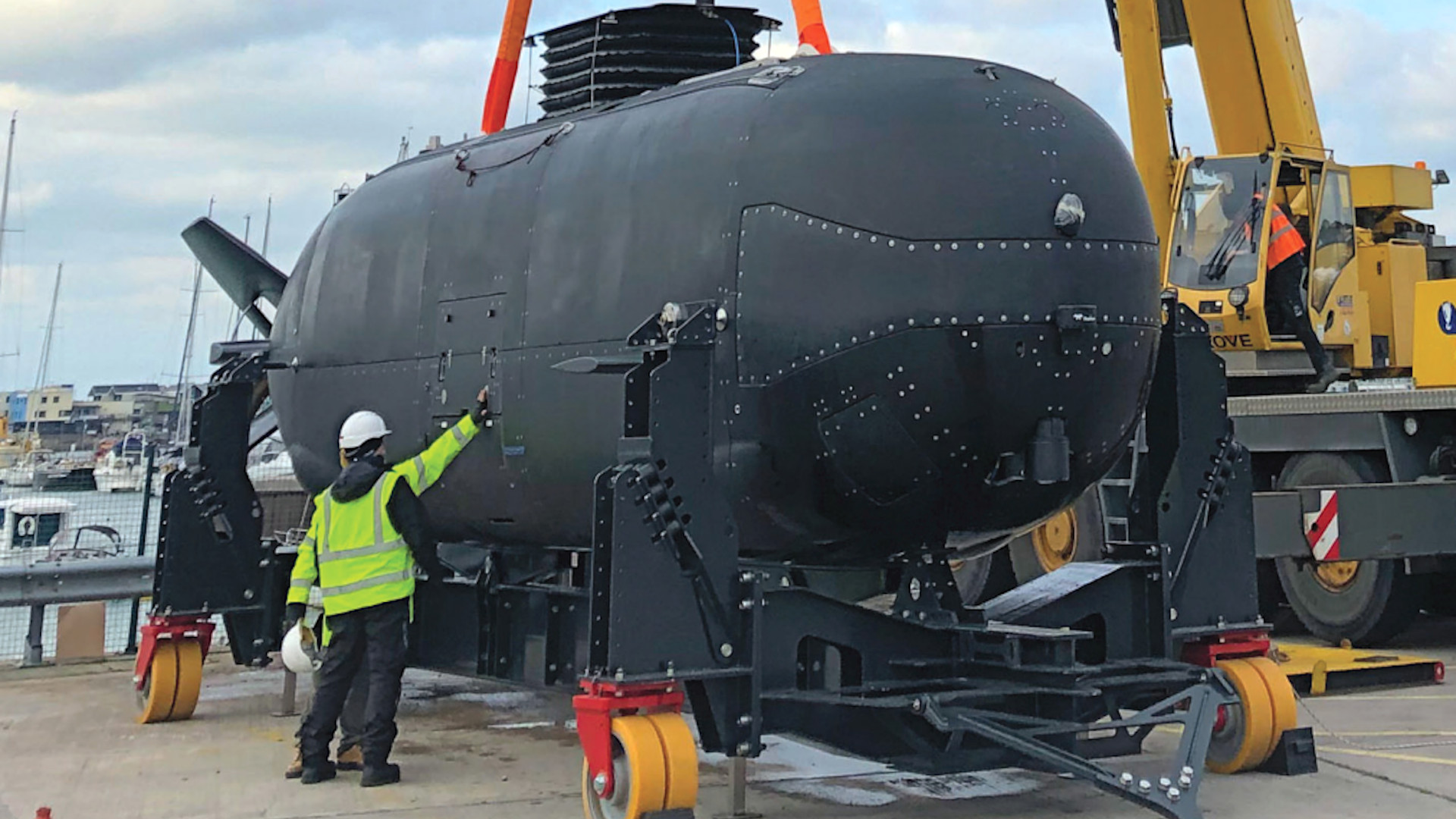The first examples of a new special operations mini-submarine should be ready for real-world operations before the end of the month, according to U.S. Special Operations Command. The Dry Combat Submersible, or DCS, offers significant benefits over existing designs in U.S. Navy service, known as SEAL Delivery Vehicles, or SDVs, in which individuals have to ride underwater fully exposed to the elements.
Officials from U.S. Special Operations Command offered updates on the status of DCS this week at an annual special operations-focused conference now known as SOF Week. The DCS is derived from the S351 Nemesis, designed by built by MSubs in the United Kingdom. MSubs is part of a team led by Lockheed Martin that has been developing the miniature submersible since 2016.
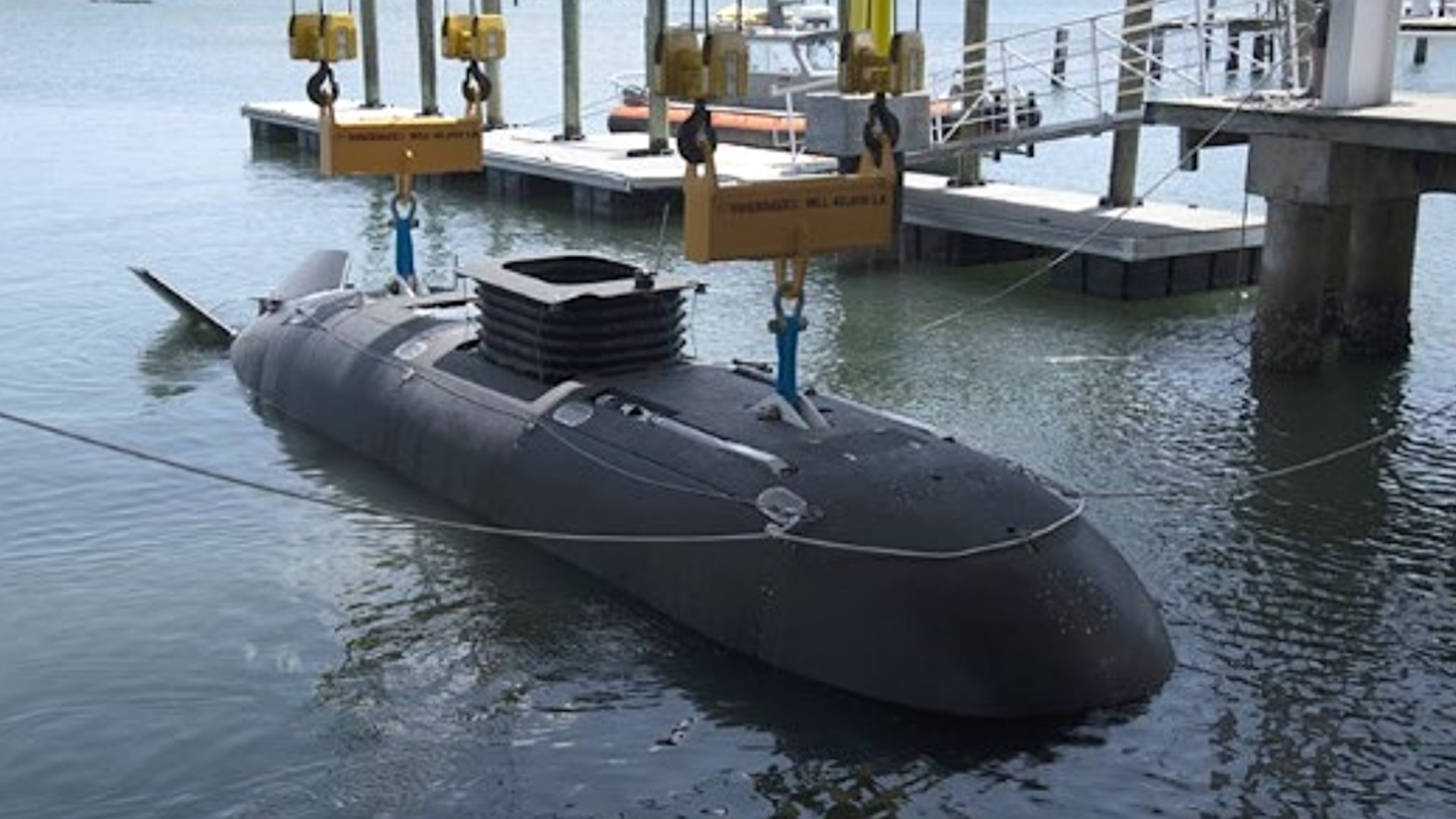
“This morning we received an operational test report,” John Conway, the program manager for Undersea Systems within U.S. Special Operations Command’s (SOCOM) Program Executive Office-Maritime (PEO-M), said at a briefing at SOFWeek yesterday. “So that means the Dry Combat Submersible is going to be operational by Memorial Day [May 29, 2023], and we’re coming to an end scenario.”
Many details about the DCS are classified, but its general capabilities at least are believed to be very similar to that of the 30-ton displacement and 39-foot-long S351. The Nemesis requires a crew of two to operate and has a stated maximum range of approximately 66 nautical miles when traveling at a speed of five knots and using its all-electric propulsion system. It can dive down to depths as deep as around 330 feet (100 meters). Beyond its crew, it can carry eight additional personnel or around a metric ton’s worth of cargo.
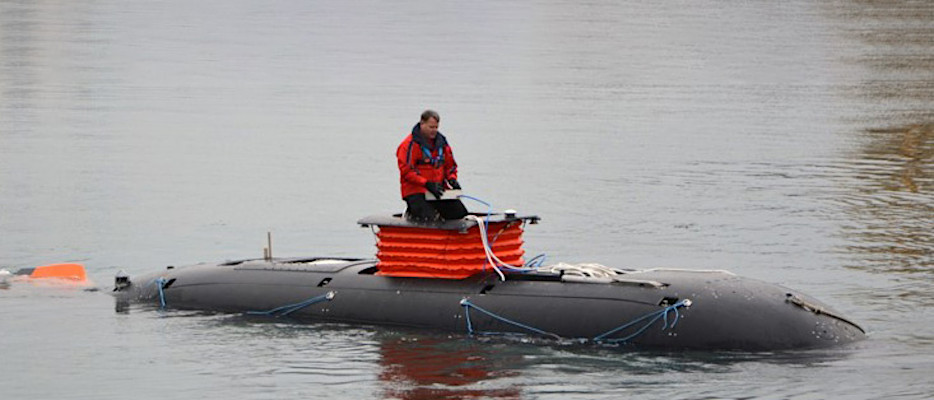
In general, a submersible like this provides a way for U.S. special operations forces, especially the Navy’s elite SEALs, to discreetly get ashore from a submarine, even one that’s submerged, or another maritime launch platform and/or exfiltrate from the area. This kind of capability is especially valuable for conducting various kinds of operations, especially ones conducted behind enemy lines or in otherwise sensitive locations. This can include missions conducted entirely underwater, such as infiltrating into an enemy port to plant mines or otherwise sabotage ships or infrastructure, or to gather intelligence.
As already noted, the big benefit of DCS over existing SDVs is the ability to carry its occupants in a totally dry environment. This might sound like a minor issue for special operations forces like the Navy SEALs that are trained to conduct underwater operations of various kinds, but it has significant operational implications.
As it stands now, SEALs and other U.S. special operations forces traveling extended distances below the waves using a ‘wet’ SDV, even the Navy’s latest Mk 11 type, ride the entire way exposed to the water. Even in tropical climates, this can be a cold ride, especially if done at deeper depths that further help personnel evade detection. In colder regions, being exposed to the water the whole time isn’t just uncomfortable, it can potentially be dangerous. Furthermore, with a traditional wet SDV, operators then have to conduct whatever their mission might be soaking wet and likely cold, further increasing fatigue and other issues.

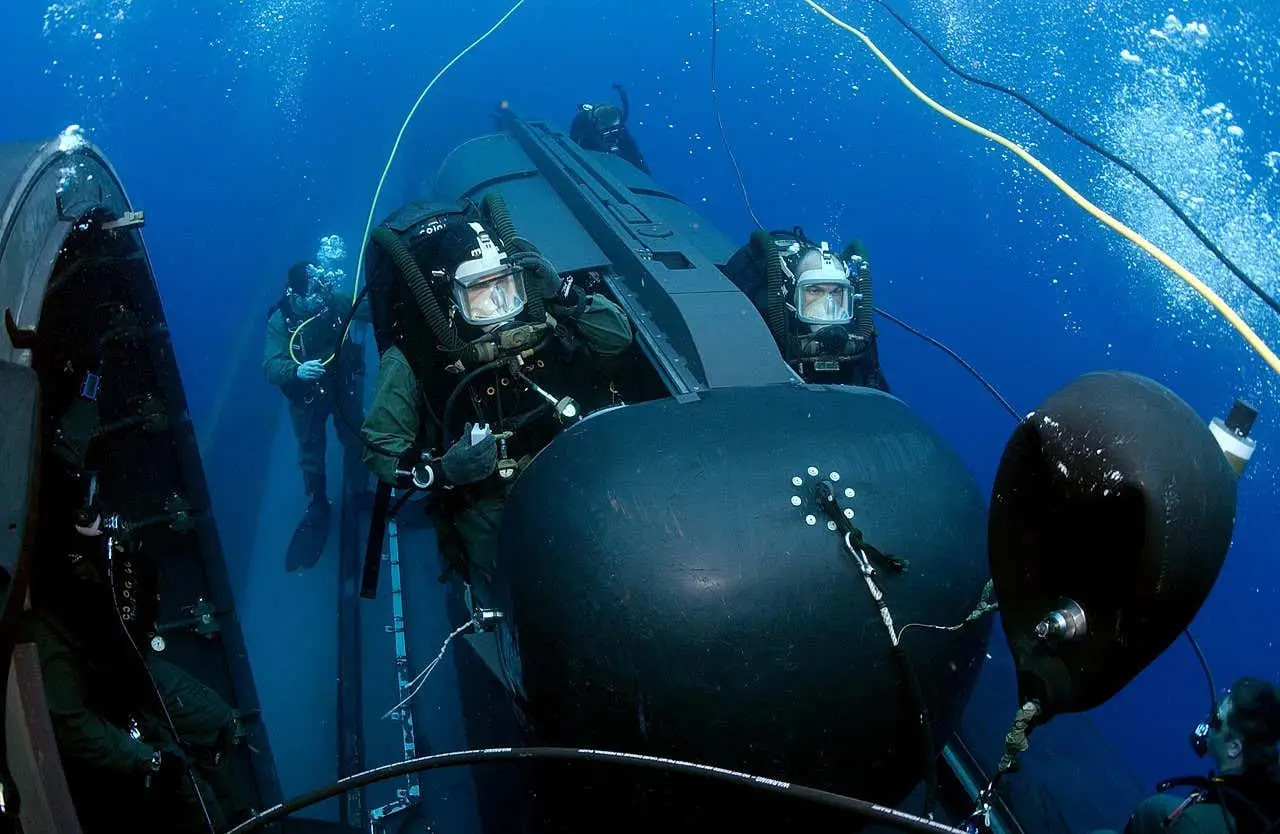
With the DCS, special operations forces can travel underwater from their launch point to the objective without being exposed this way. Thanks to a built-in lock-out chamber, they still have the option to get in and out while the craft is submerged. Doing so, of course, would help to reduce their chances of them being spotted as they infiltrate an area, but they would still be exposed to potentially frigid waters for much shorter periods of time.
“That ends a capability gap of 15 years — more than 15 years,” Navy Capt. Randy Slaff, the head of SOCOM’s PEO-M said during a panel discussion at SOFWeek, according to National Defense magazine, highlighting the importance of the DCS.
Slaff’s remark also underscores how the current DCS program is not the first time SOCOM and the Navy have tried to acquire a capability like this. The Navy first outlined requirements for what became known as the Advanced SEAL Delivery System (ASDS) in the 1980s and development of this mini-submarine design got fully underway in the 1990s.
ASDS was roughly twice as big as the S351 and proved to be noisy, under-powered, and otherwise problematic. After years of delays due to technical issues and cost growth, the program suffered an especially bad setback in 2008 when the one prototype that had been built caught fire and was completely destroyed. The program was canceled entirely the following year.
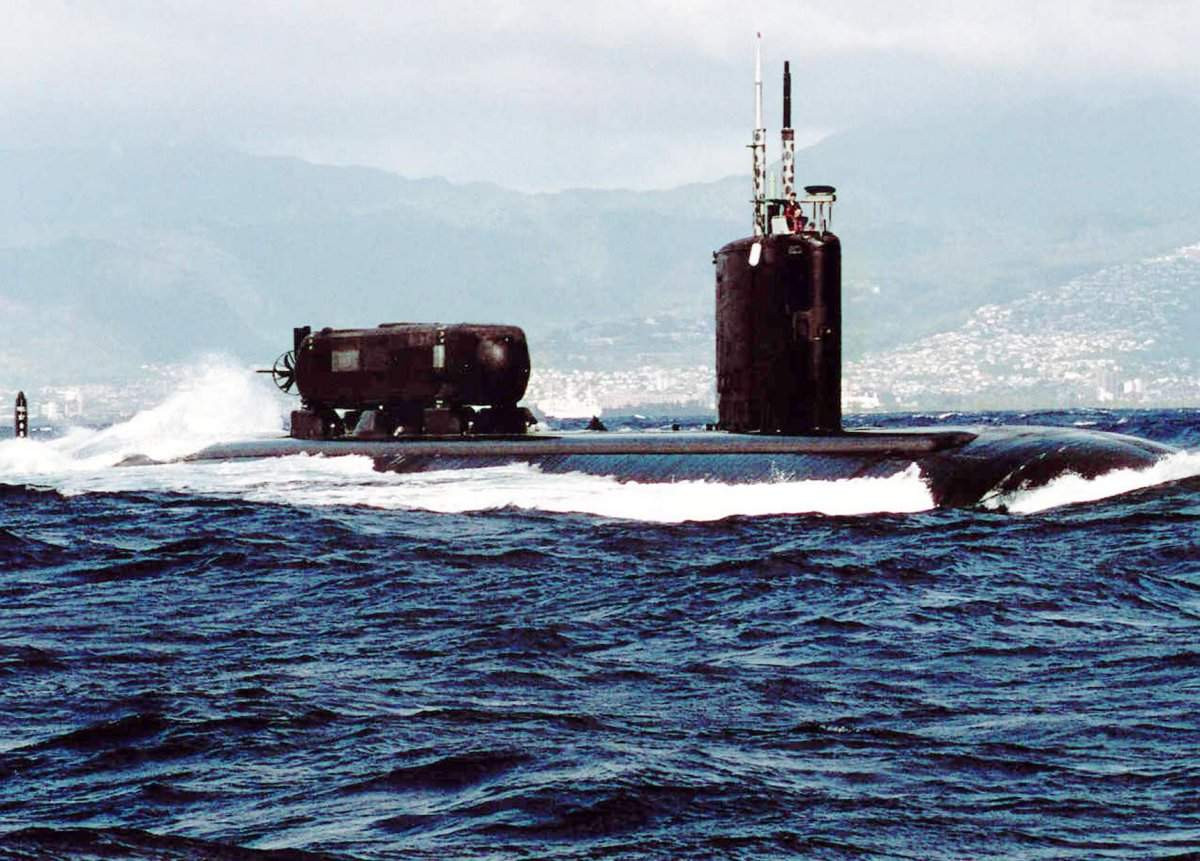
This was followed by a Joint Multi-Mission Submersible program, which was itself canceled in 2010.
DCS has proven to be a much more successful effort.
However, in the six years since Lockheed Martin first received a contract to develop this mini-submarine, other events have transpired and the overall geopolitical environment has changed. Expeditionary and distributed operations, possibly in the context of a future high-end fight against China across the broad expanses of the Pacific, are now at the forefront of many planning considerations.
On top of this, the Navy currently plans to retire its four Ohio class nuclear-guided missile submarines, or SSGNs, before the end of the current decade. These submarines are designed to act, among many other things, as special operations motherships, including with the capability to deploy personnel using SDVs via Dry Deck Shelters (DDS). A number of current Virginia class attack submarines are also fitted with DDSs to conduct special operations support missions and future boats in that class could be even more capable in this role. However, a new dedicated replacement for the Ohio SSGNs is likely decades away, as you can read more about here.

When the development of the DCS began, the design was already too big to fit inside existing Navy DDSs, anyways. Work on an expanded capacity DDS design has been ongoing in parallel, but it’s not immediately clear what the status of that project might be.
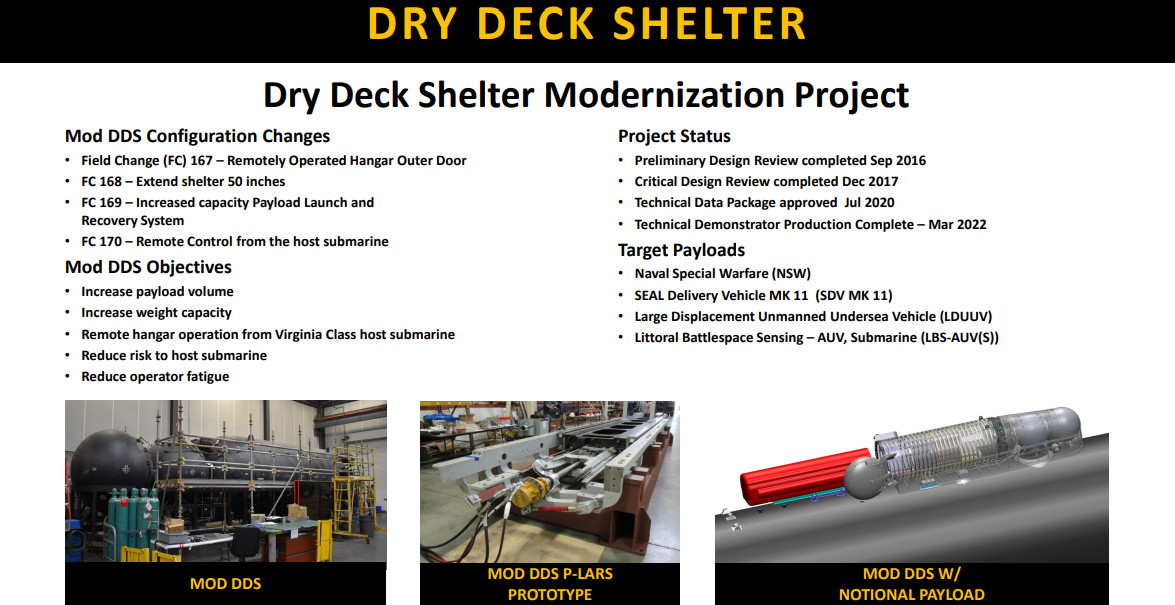
Given its built-in lock-out chamber, the DCS could conceivably be carried externally on Navy submarines and personnel could then get inside either directly if a suitable hatch arrangement was available or after exiting via a DDS or other lock-out chamber on the mothership submarine. The larger ASDS design presented similar challenges and two submarines, the Los Angeles class attack submarines USS Charlotte and USS Greeneville, were specially modified to carry it on its rear deck. Those submarines remain in service today with those hull modifications still in place.
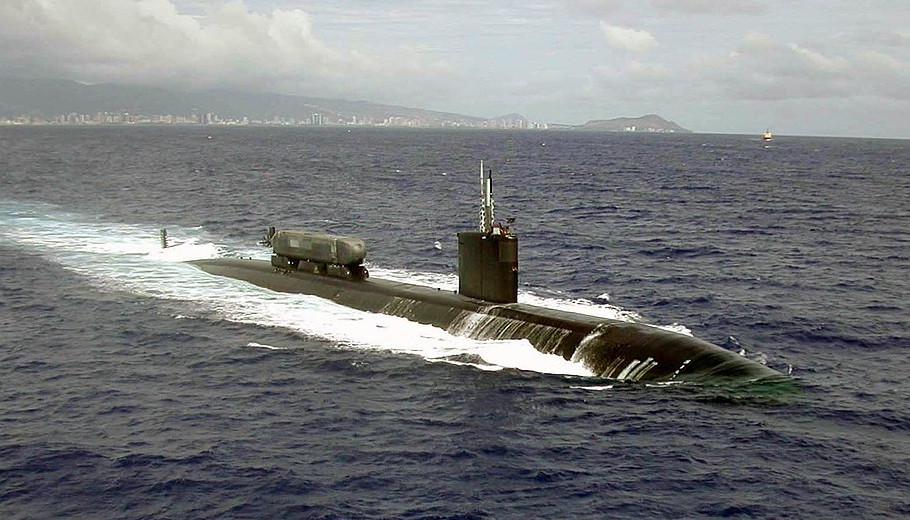
The DCS could be deployed for other maritime platforms, as well, such as the well deck of an amphibious warfare ship. Other vessels capable of deploying boats and submersibles via a crane or a more specialized system might able also be configurable into motherships for these special operations mini-submarines.
Regardless, questions about how the DCSs, as well as existing SDVs, will be deployed and employed in future conflicts are clearly emerging. It’s unclear how many DCSs SOCOM and the Navy expect to buy in the coming years, but it can be reasonably assumed that the total fleet size will be small. Lockheed Martin’s initial contract called for the construction of just three pre-production examples, all of which appear to have been delivered. As another comparison, the Navy only expects to have acquired 10 of its ‘wet’ Mk 11 SDVs by the end of this year.
What all this means is that there will have to be tactics, techniques, and procedures in place not just for utilizing the new DCSs, but also getting them wherever they might not need to be and in relatively short order. There has at least been one test involving the transport of a DCS inside a shipping container via a U.S. Air Force C-17A Globemaster III cargo jet, which would provide at least one option for getting it closer to the desired operating area on short notice.
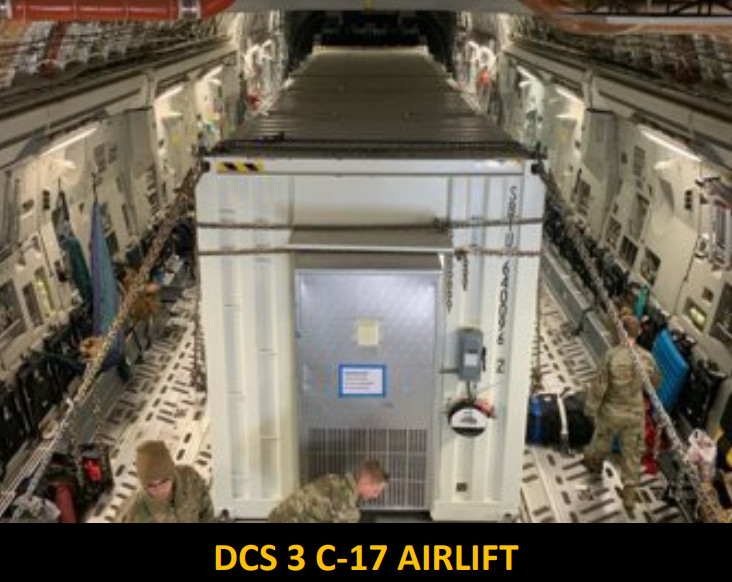
SOCOM and the Navy are also already interested in acquiring an improved DCS variant or derivative, originally known as DCS Block II and currently called DCS Next. Details about the requirements for that submersible are also limited, but one goal is to make it deployable from a Virginia class submarine. With this follow-on effort in progress, the current DCS mini-submarine is sometimes referred to as DCS Now.
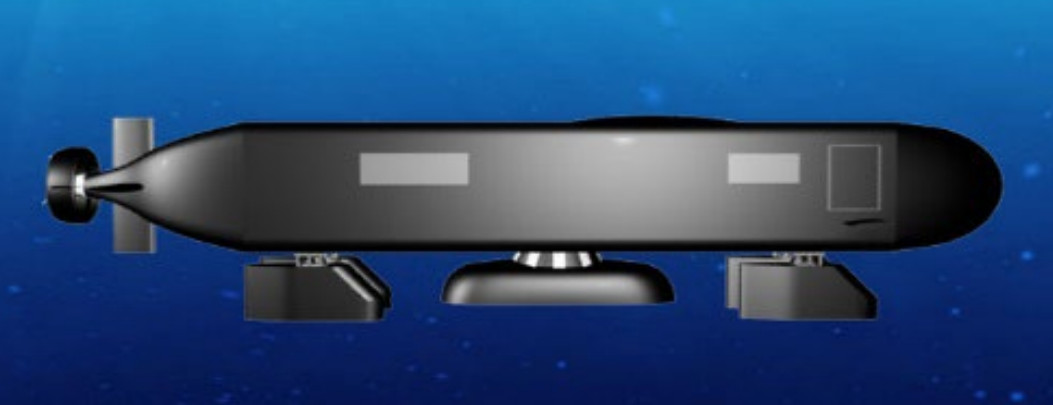
“We do have an additional area that we’re looking at heavily and that’s the expeditionary mobility for undersea. It’s actually expeditionary mobility for all systems, but we had completed a prototype system proof of concept and it was on our… Mk 11 Seal Delivery Vehicle,” Capt. Slaff, the SOCOM PEO-M head, said at a briefing at SOF Week that The War Zone attended. “So, we actually have it, it’s out there in front doing its demo.”
Slaff did not elaborate on exactly what this additional expeditionary capability for the Mk 11 SDV entailed.
“What we’re looking at, obviously, with the SSGNs kinda sunsetting here in the [20]26 to [20]28 timeframe, [is] getting the… operational flexibility for expeditionary employment through other means,” he added. This “is something that we’ve been investigating and then rolling that over into… an operational requirement and moving forward with fielding the capability.”
There are clearly many questions still to be answered about exactly how SEALs and other U.S. special operations forces will utilize the new DCSs. However, these mini-submarines represent a significant improvement in capability over existing SDVs and look to be just weeks away from finally entering operational service.
Contact the author: joe@thedrive.com
